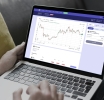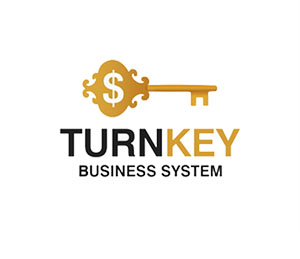Money Management: How Much of Your Deposit to Risk Per Trade

Money Management: How Much of Your Deposit to Risk Per Trade
Proper money management is the backbone of long-term trading success. Deciding how much of your deposit to risk per trade protects your capital, reduces emotional pressure, and allows for consistent growth.
In 2025, with markets more volatile and automated tools widely available, this principle is more critical than ever.
In 2025, with markets more volatile and automated tools widely available, this principle is more critical than ever.
Understanding Money Management
Money management, or risk management, determines how much capital you expose to the market in a single trade. Key objectives:Protect the deposit: Avoid catastrophic losses that wipe out months of profits.
Control emotions: Smaller, calculated risks reduce panic and impulsive decisions.
Enable strategy testing: Consistent risk sizing allows realistic performance evaluation.
Rule of Thumb: Most professional traders risk 1–2% of their deposit per trade, though adjustments depend on strategy, market volatility, and experience.

Money Management: How Much of Your Deposit to Risk Per Trade
How to Calculate Risk per Trade
Determine stop-loss: Identify your exit point based on technical analysis.Calculate pip value (for Forex) or price difference (for stocks/crypto).
Apply risk percentage: Multiply your deposit by your chosen risk percentage.
Determine lot size or position size: Divide the risk amount by the pip/price movement to get the trade size.
Example:
Deposit: $10,000
Risk per trade: 2% → $200
Stop-loss distance: 50 pips
Pip value: $4 per pip → Lot size = $200 ÷ $4 = 0.5 lots
This ensures that even if the trade hits the stop-loss, your loss is limited to $200.
Advanced Considerations
Volatility adjustment: In highly volatile markets, reduce risk per trade to 0.5–1%.Correlated trades: Avoid multiple trades on correlated instruments with full risk allocation—adjust exposure.
Scaling: Increase position size gradually as the account grows; do not exceed the risk tolerance.
Psychological Stop-Loss: Combine numerical risk limits with mental rules to prevent emotional overtrading.
Practical Examples
Forex: EUR/USD swing trade with 1.5% risk on $15,000 deposit → $225 risked per trade.
Stocks: Trading Tesla shares, stop-loss at $10, deposit $20,000 → 1% risk = $200 → 20 shares.
Crypto: Bitcoin short-term trade, stop-loss 5%, deposit $5,000 → Risk = $50 per trade → size calculated accordingly.
Forecast 2025–2026
Money management tools are increasingly integrated into trading platforms and AI analytics, automatically suggesting optimal trade size based on deposit, volatility, and historical performance.Traders who follow strict risk protocols will maintain capital through volatile periods and achieve sustainable growth.
Combining money management with algorithmic strategies will be a competitive edge in Forex, stocks, and crypto markets.
The question “how much of my deposit should I risk per trade?” has a clear answer: enough to stay in the game, but not enough to endanger your account.
Typically 1–2% per trade, adjusted for market conditions, ensures long-term survival, minimizes stress, and maximizes growth potential. Proper money management is the foundation upon which all successful trading strategies are built.
Written by Ethan Blake
Independent researcher, fintech consultant, and market analyst.
September 02, 2025
Join us. Our Telegram: @forexturnkey
All to the point, no ads. A channel that doesn't tire you out, but pumps you up.









Report
My comments